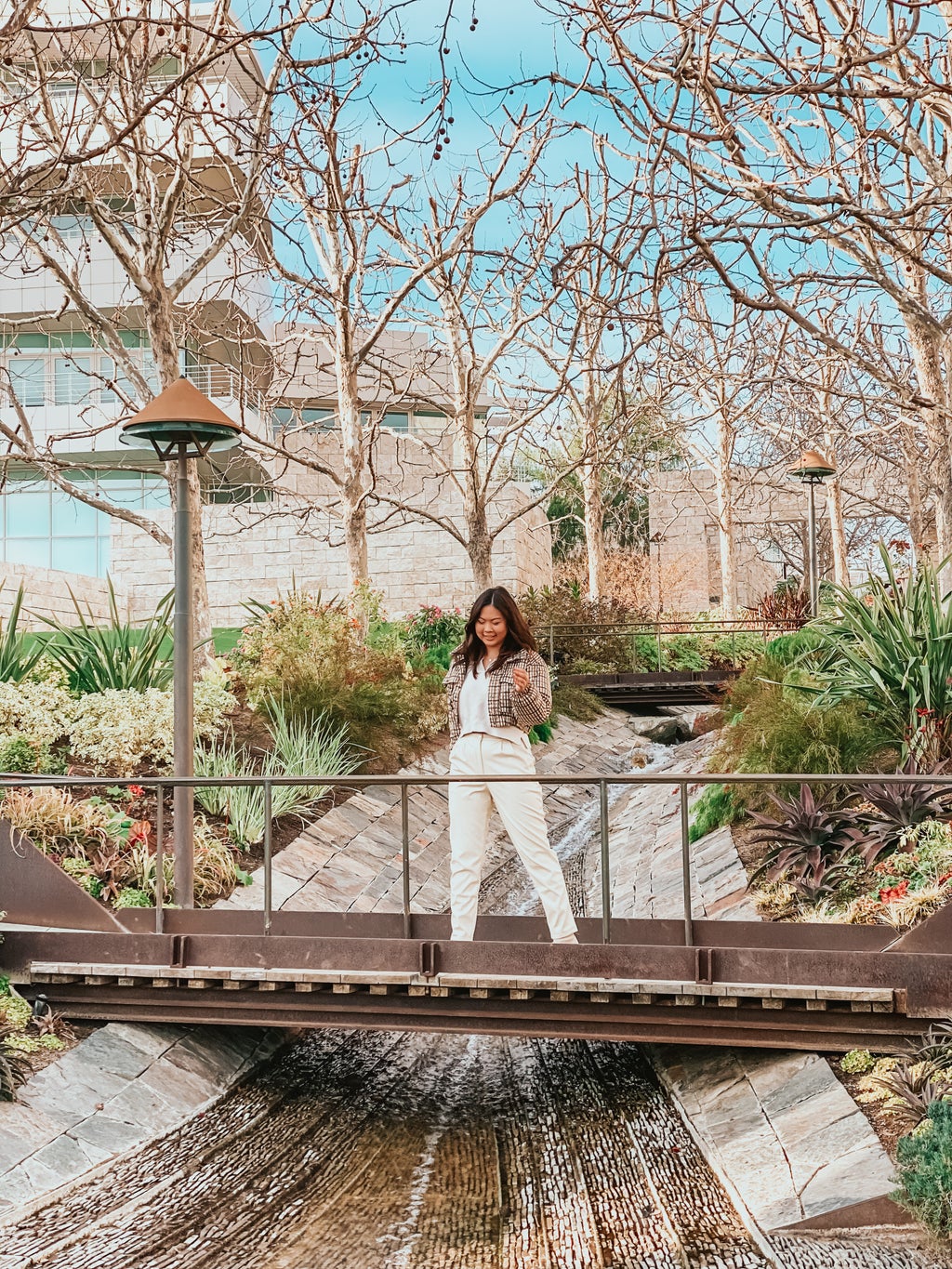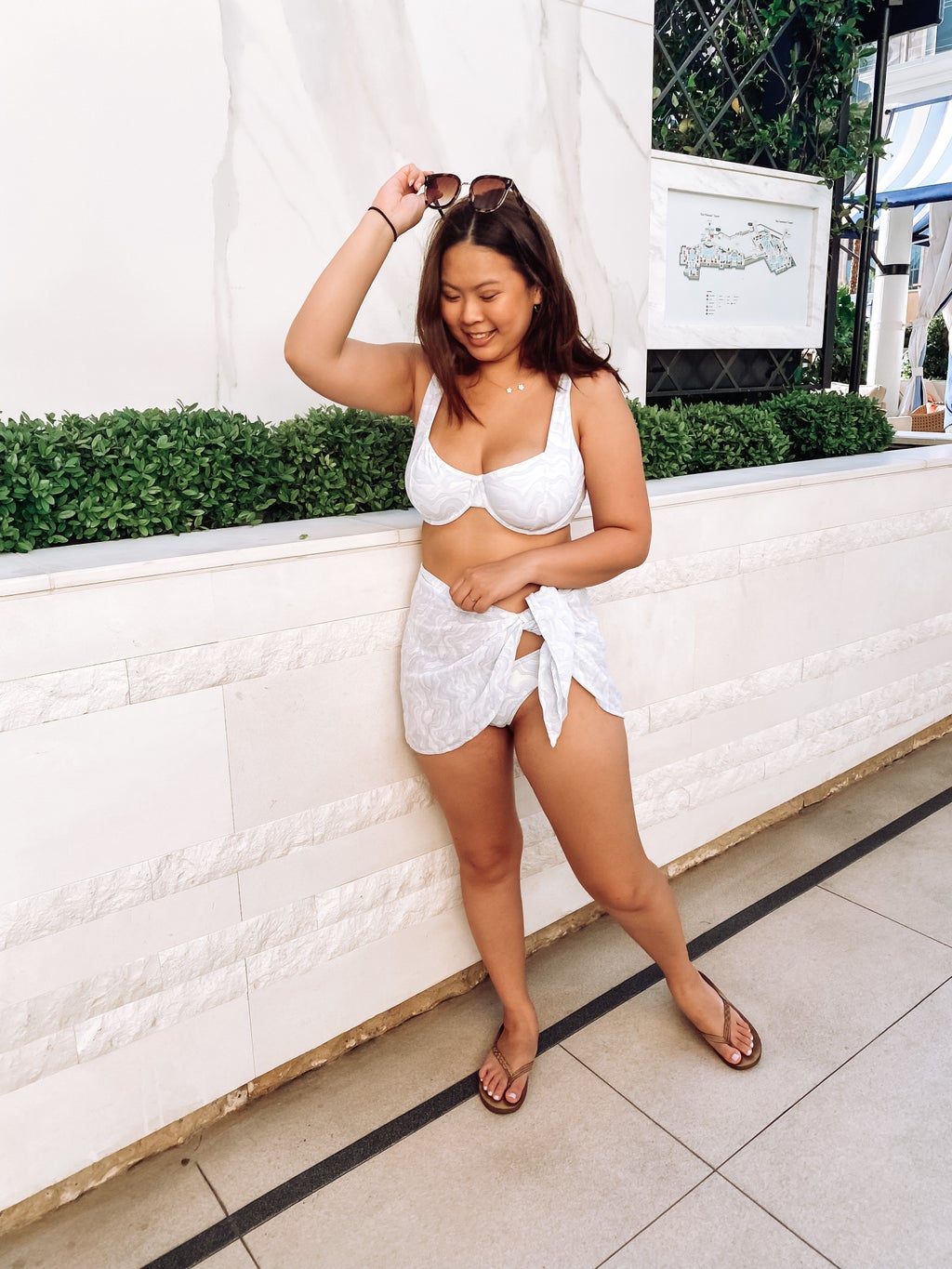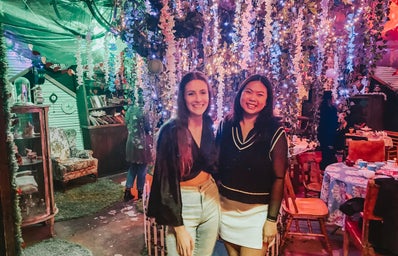If you close your eyes as you enter an Abercrombie & Fitch retail store, it’s like stepping back in time to middle school. The same cologne from the 2000s, Fierce, permeates the store, accented by the Fierce scented hand sanitizer added during the pandemic.
However, when you open your eyes, the store has completely changed. They have been remodeled and the clothes inside no longer showcase the brand name or the embroidered little moose mascot logo. Abercrombie & Fitch’s walls are no longer plastered with larger-than-life images of male torsos and thin models running on the beach. The stores skew towards an older demographic, the off-duty millennial. The people who once hated Abercrombie the most are now the ones who begrudgingly shop there now.

As a lanky twelve-year-old girl, shopping in Abercrombie & Fitch sometimes made me feel “fat” since the largest women’s jean size was a 10. Back then, Abercrombie ads were the opposite of inclusive, featuring white, thin, blond models with a preppy style. Their clothes were about fitting in, and as an Asian American, I never matched any of the models.
Abercrombie & Fitch CEO Mike Jeffries had a very specific image in mind for the brand. As Jeffries told Salon in 2006, “We want to market to cool, good-looking people… In every school there are the cool and popular kids, and then there are the not-so-cool kids. Candidly, we go after the cool kids…Are we exclusionary? Absolutely.”
This specific vision in mind fought against the changes in American culture of the last decade. As social media and American culture shifted towards a more inclusive landscape, Abercrombie & Fitch’s “vision” just didn’t fit anymore. The once trendy brand for the “cool and popular” was cast out and for years, I didn’t even go into an Abercrombie store.
When Jeffries retired in 2014, Fran Horowitz took over and moved the brand in a new direction. Gone are the logos, the navy blue clothing and the dark and loud store environments. Now, the stores and the clothing are equally light and airy. Black articles of clothing exist on the racks and the clothing itself is more understated.
Abercrombie’s newest changes have focused on more modern staples for people in their early twenties. And, they offer extended sizes, lengths and different fits. As someone with a large difference between my waist and hip measurements, jeans never quite fit me right. Abercrombie’s Curve Love line means a waist gap is a thing of the past.

With the pandemic and the accompanying weight gain, I had to rely on online shopping to replenish my closet. Using a tape measure and the size charts online, I picked up a few different articles of clothing from varying brands, but the best-fitting denim comes from Abercrombie — my new favorite. Their Curve Love line also presents a few different swimsuits, which I admit fit much better than any other swimsuits I’ve owned in years.
The new stylish clothing Abercrombie carries along with the wider range of sizes have made me fall in love with the new Abercrombie & Fitch. While my wardrobe hasn’t included Abercrombie in years, it is hard for me to choose an outfit without a piece from Abercrombie these days. As a final point, definitely join their rewards program because those discounts are stackable, so you know I’ll be shopping there every season.


